Financial Performance of Supplier Alliances-Managing for Mutual Financial Return
December 02, 2002
Many supply relationships would generate far more value if they were managed like alliances. A supply alliance that looks costly in the first stages of development may create great returns in the last stage of development. However if the relationship is seen purely as a supply process, there is little chance of it maturing into a life-stage where the maximum financial benefit is realized for all concerned.
Many supply alliances are all expense in the initial stage – hiring people to do research and investigation, putting in capital to support the infrastructure of pilots, hiring, training and testing, initial launch of the program then re-mediating and re-launching it again as new learning is achieved. It may be some time until the highest margin, lowest cost results are seen and only then can they be incorporated into the entire relationship. It may be in the mature level of the alliance lifecycle that real value is generated, so if attention is not paid throughout the early cycles of development, launch and learning, the return on that investment may be compromised. For example, the supply relationship could be expanded to include an online component and this may well be in the middle stage of the alliance lifecycle. Looking at supply relationships as if they were alliances with lifecycles that require different resources at each stage and even different teams of managers will ensure that the relationship has the chance of reaching its fullest potential.
Toys “R” Us created an on line activity for the sales of their products – the development process of the fulfillment of buying and selling and shipping toys on line. Yet their in-store sales and the effective way they had of buying, selling, serving their customer continued to be their core competency. Finally they realized that the online segment of their business was not working the way they wanted it to. In fact it was diluting their brand value. An alliance looked like the solution to the problem. They found the company that fulfilled on line orders better than anyone else – Amazon.com. They began discussion and planning the integration of facilities and the two brands, with space on the Amazon real estate, virtual real estate, and piloted the program before rolling it out in full. This on line alliance has been highly successful – and is an example of understanding the various stages of the alliance. From the development stage through implementation stages and now as the Toys “R” Us and Amazon alliance begins to grow and reach its potential, the alliance is changing as the market is becoming more comfortable with the joint marketing, supply and outsourcing relationship. Making it transparent was the goal and it is working. Now Amazon not only markets and sells the goods, but they share revenues as well as payment for the turnkey operation of the fulfillment process. It has been so successful that Amazon is now repeating the approach and is moving into the apparel business.
Supply chain management is rarely thought of as a strategic alliance. Yet the characteristics of an alliance will generate more integrated relationships, which could leverage benefits for all concerned. Consider the integration of Proctor and Gamble with their major customer Wal-Mart, the classic supplier/customer integration story that shows the cost savings and loyalty that integrated alliance approaches can generate. Or think about Starbucks and their integrated relationships with their partners Safeway and Albertsons. And contrast the DaimlerChrysler relationship with their Tier One suppliers now compared to the Chrysler Keiretsu of the past. Were the Chrysler costs lower before when they opened their kimono to their suppliers and said, “work with us to save us all money”? Or are they better off now that they are driving cost savings into the structures of their suppliers? Certainly, Tier Ones are pushing the cost issues to Tier Two suppliers. But the reality is that Tier Three suppliers are going out of business.
Managing these complex relationships like an alliance would have created a collaborative working together that would have opened the systems of supplier concerns and margin issues, to the customer constraints and investment issues. Together the possibility would exist for mutual benefit, rather than an unbalanced, untrusting and competitive relationship. Managing a supplier relationship as if it were collaboration rather than a bid gives way to outsourcing and quality enhancement, rather than suppliers who resentfully cut corners trying to squeeze profit out of a reluctant customer. It can be done – it requires a strategy, a commitment from senior management, transparency of costs and margins and longer-term contracts.
I have seen it work. Take Butler Manufacturing Company Kansas City, Missouri in their delivery of construction services for multiple-site customers on a collaborative supplier basis. Examples include Toys R Us Wal-Mart FedEx Ground, and many more retailers, manufacturers and distributors. It works-for Butler and for the customer. Butler looks at the entire enterprise, the whole construction project or program, and the customer’s needs from building concept to move-in and start-up. And they share information and value all along the value chain. Everyone benefits. This 100-year-old market leader has the most loyal of customers who come back again and again, rolling out huge chains of stores and warehouses, returning always to Butler Manufacturing Company, the company that partners with them. This process has been proven to deliver unmistakable benefits over the alternative of consistently relying on the lowest cost material supplier. Managing a supply relationship like an alliance can leverage benefits that in traditional supply relationships seem unimaginable.

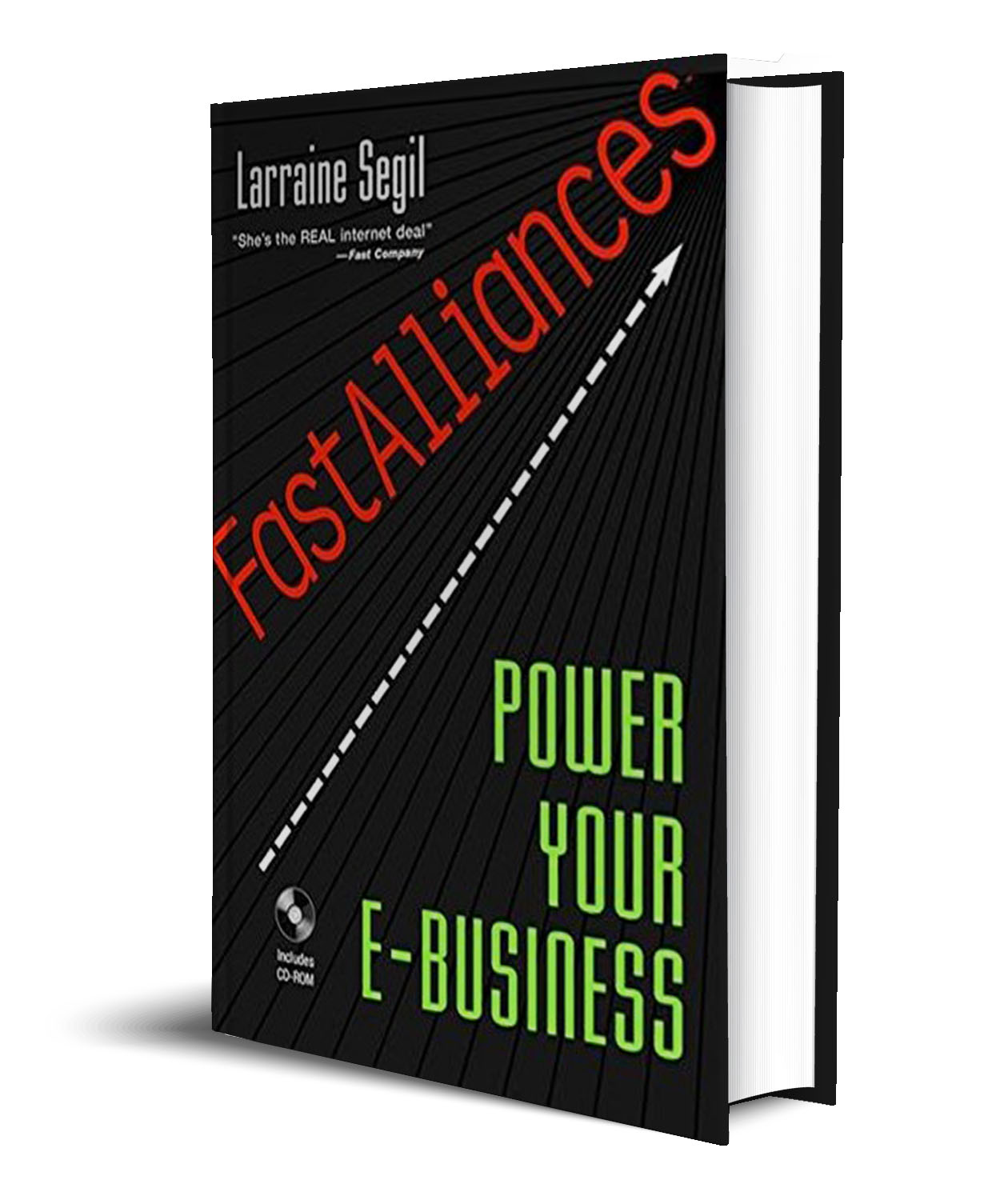
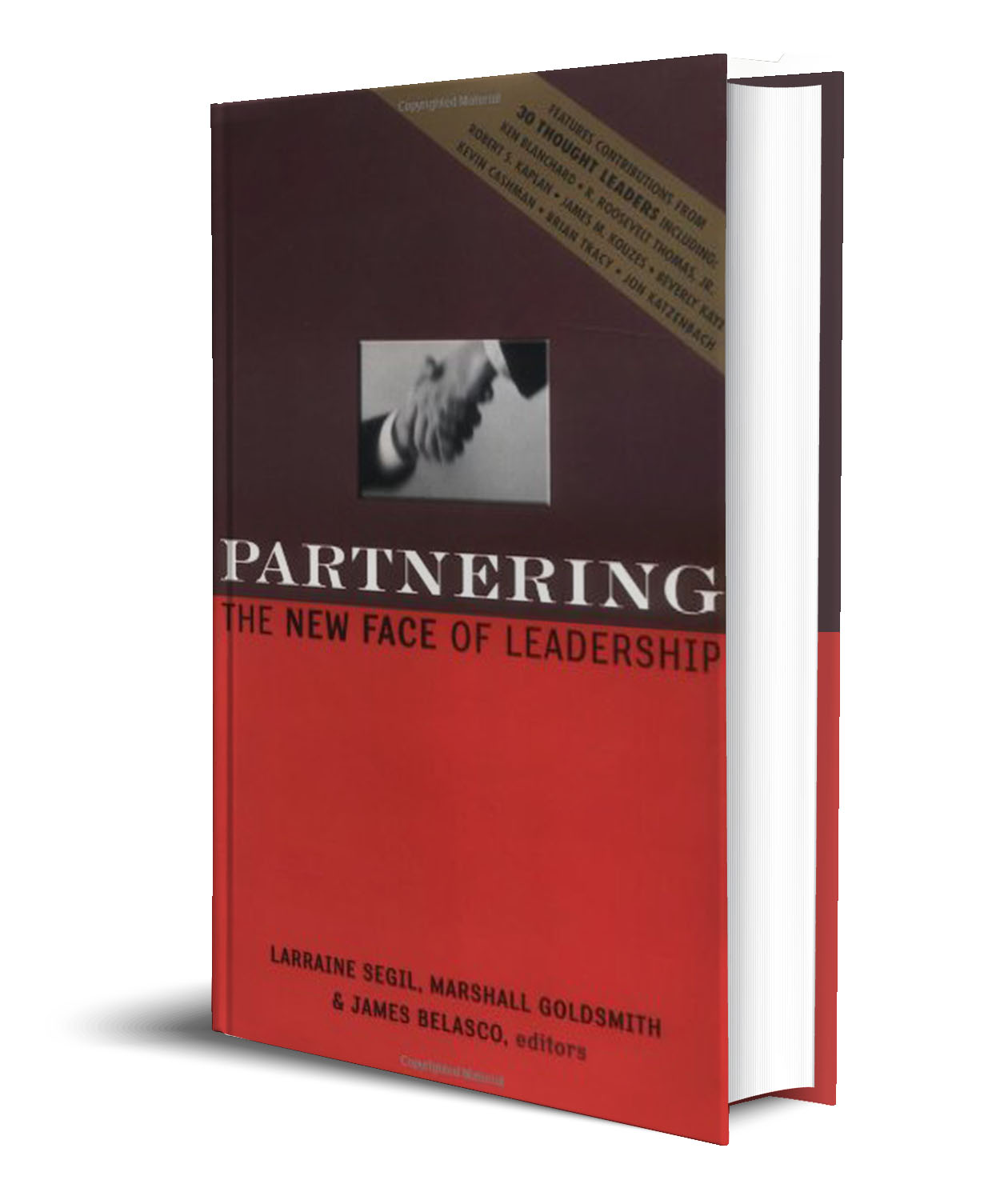
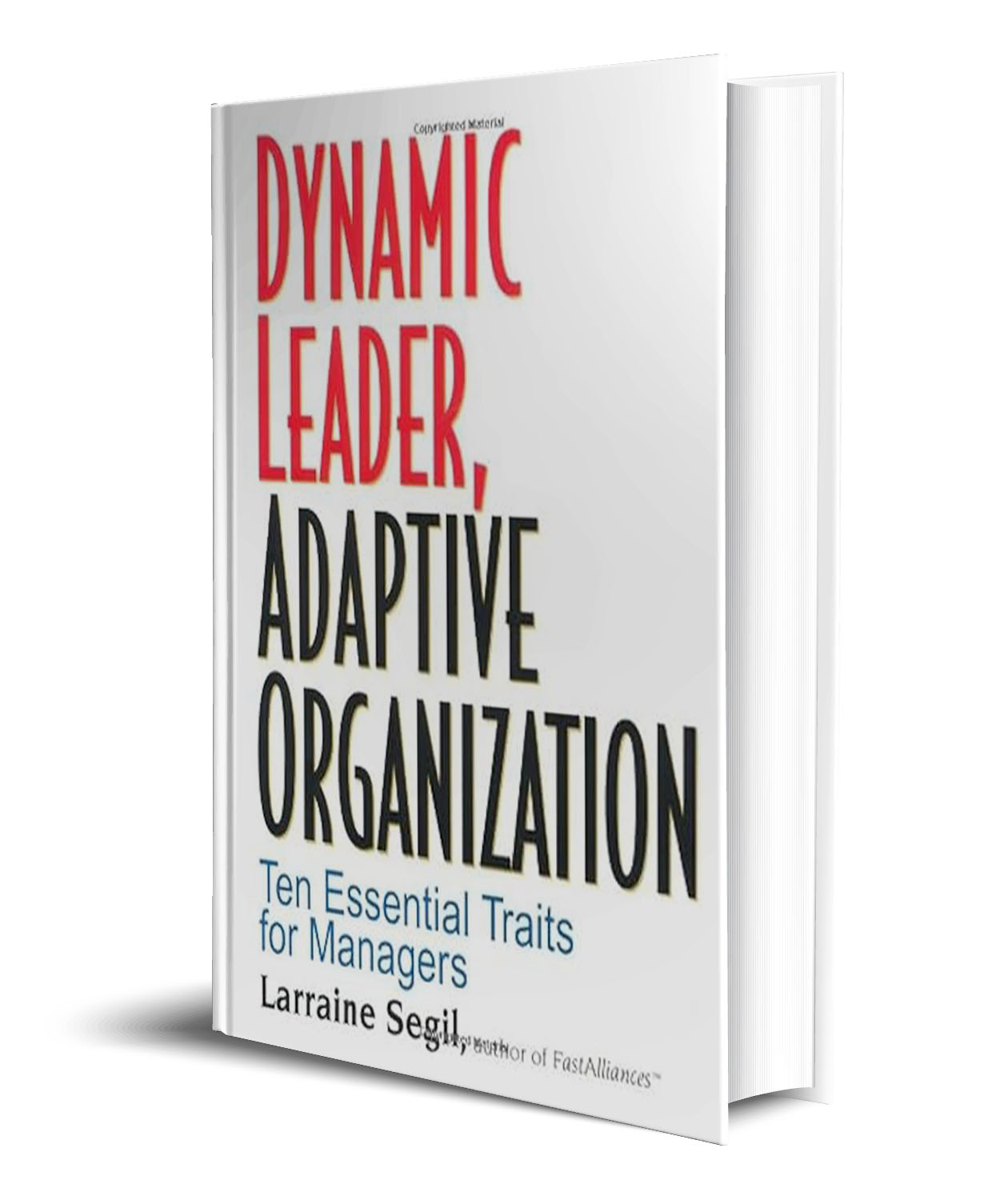
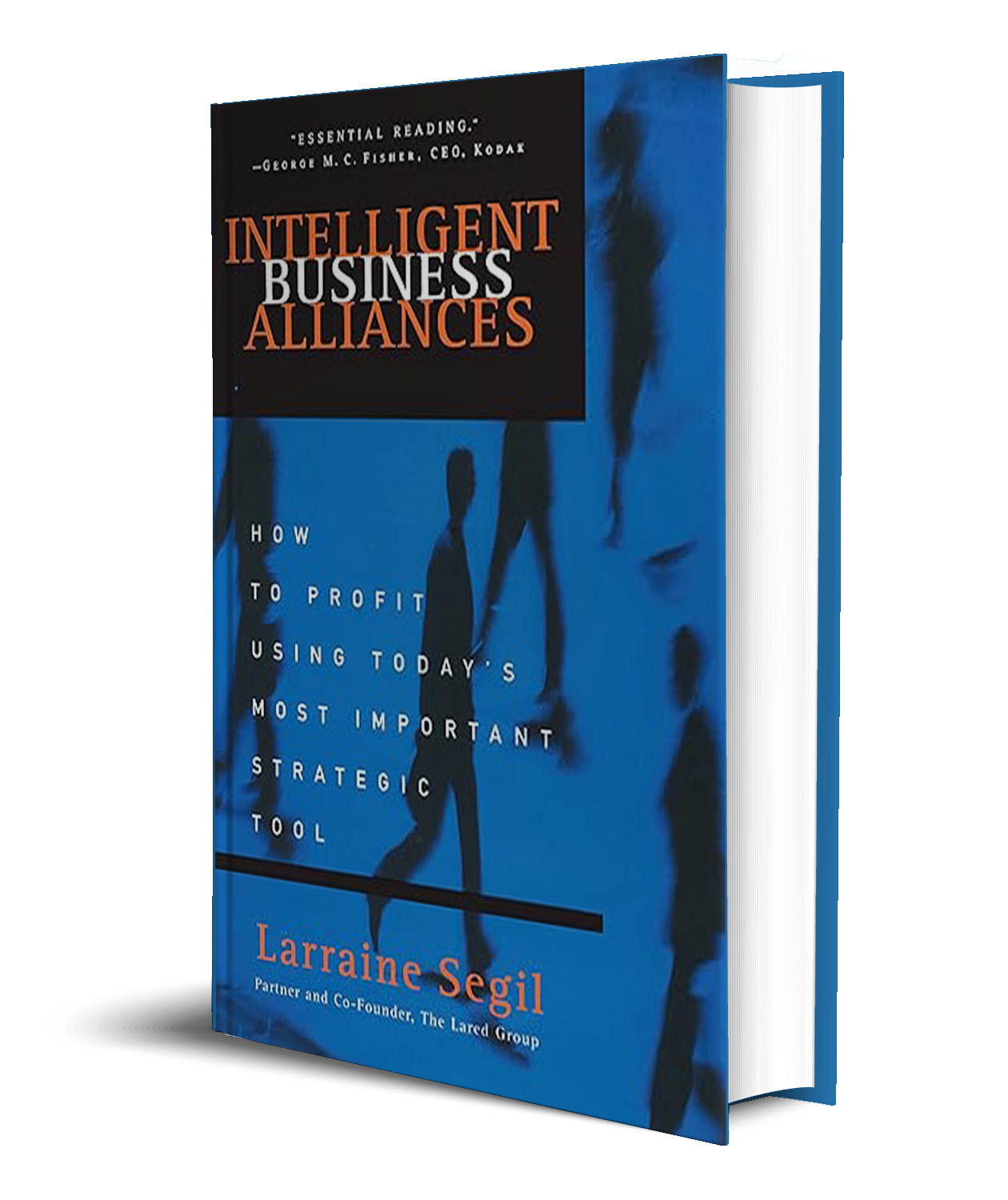
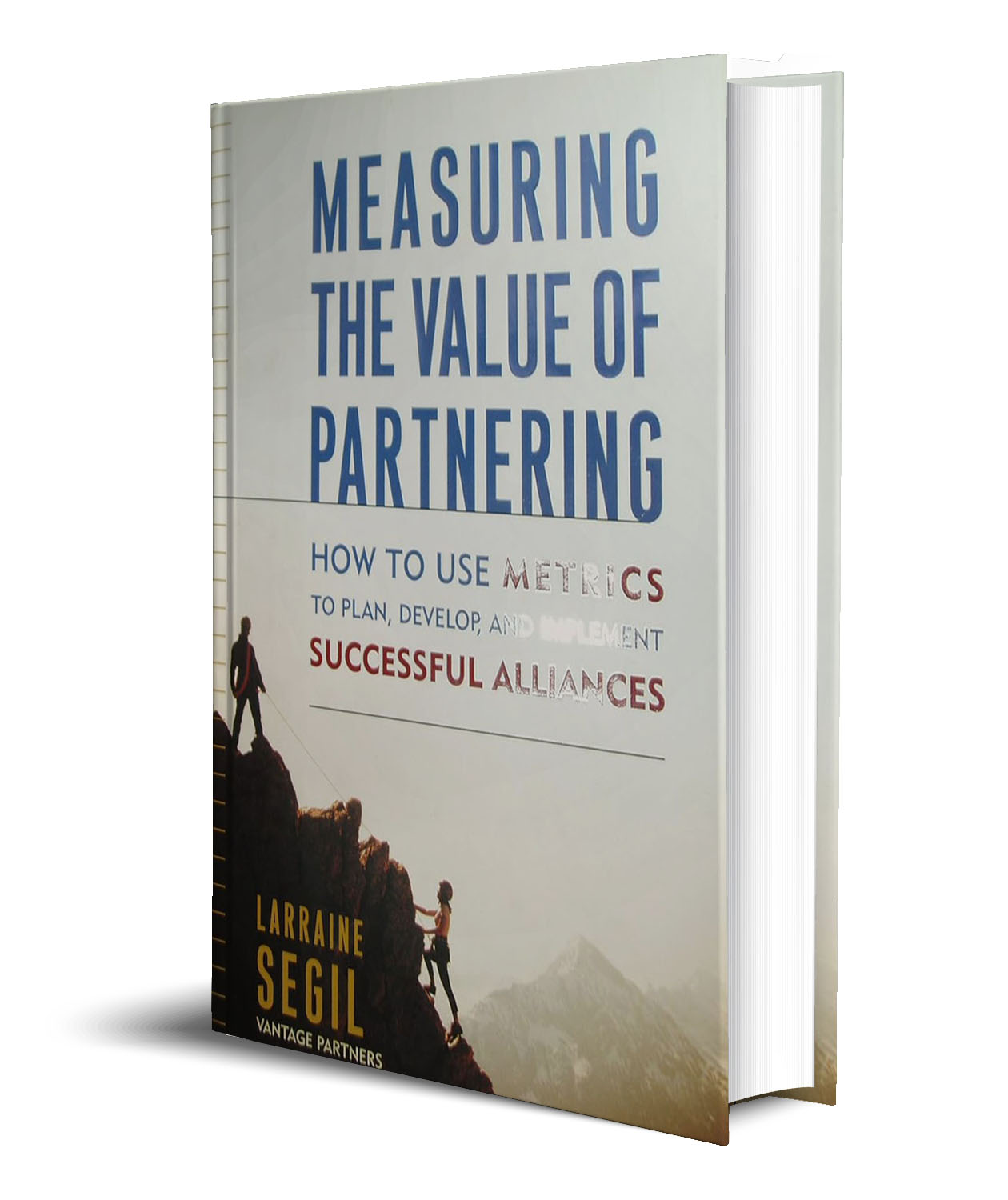
Leave a Reply
You must be logged in to post a comment.